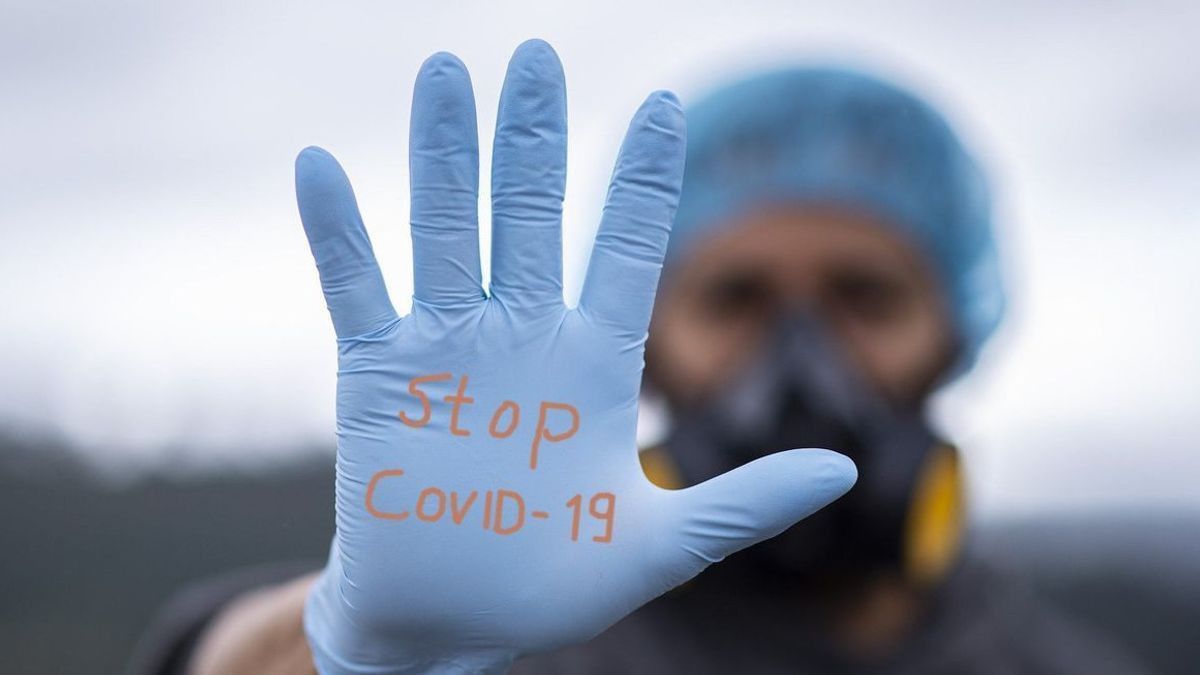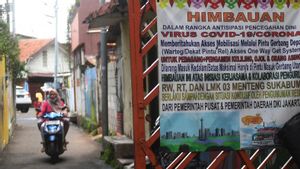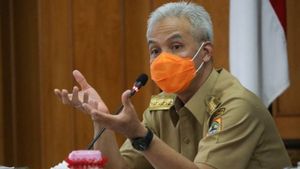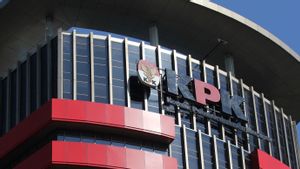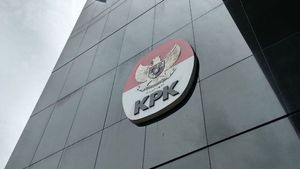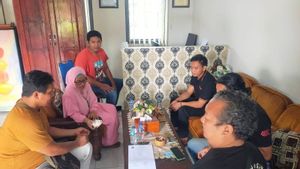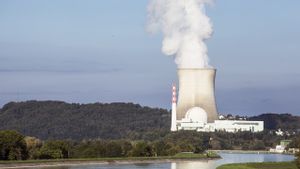JAKARTA - Regional Secretary of DKI Jakarta Marullah Matali revealed that his party has two difficulties in implementing micro-based restrictions on community activities (PPKM).
The first obstacle, said Marullah, is the mobility of the people of Jakarta and residents of buffer areas such as Bogor, Depok, Tangerang, and Bekasi (Bodetabek) is still high.
"We see that Jakarta streets are still very full and traffic jams are everywhere. This means that the mobility of residents is still very busy in Jakarta," said Marullah in a Youtube broadcasted by the Center for Disaster Management and Operations (BNPB Pusdalops), Sunday, March 7.
The second obstacle, said Marullah, is that there are people who have a DKI Residential ID Card but live outside Jakarta or vice versa.
"So that it becomes constrained in tracing cases that occur in Jakarta," he said.
SEE ALSO:
The solutions that are currently being carried out include carrying out justiciable operations with the National Army-National police officers in public places and settlements, especially in vulnerable Neighbourhood Communities (RWs).
Second, the assessment of vulnerable Neighbourhood Association (RT) indicators is carried out weekly together from the provincial to family levels using a field verification mechanism.
"Third, the collaboration of the task force with the National Army, National Police, social institutions, and the community. And the fourth is the establishment of posts at the sub-district level for monitoring and evaluation of Mikro PPKM at the RW and RT levels," he explained.
Furthermore, currently 25,405 RTs with a green zone (without COVID-19 cases), 5,032 RTs (low COVID-19 risk) yellow zone, 39 RTs (moderate COVID-19 risk) orange zone, and a red zone (high COVID-19 risk) 6 RTs.
Only South Jakarta still has a red zone or a zone with a high risk of COVID-19. "Update recapitulation of micro-based PPKM zoning at the RT level as of March 6, there are 6 RTs red zone. All RTs in the red zone are in South Jakarta," said Marullah.
Of the 30,382 RTs, DKI Jakarta has a green zone of 83.34 percent, a yellow zone of 16.51 percent, an orange zone of 0.13 percent, and a red zone of 0.02 percent. Then, DKI has an active case of 3.7 percent. Then, the cure rate was 95.08 percent and the death rate was 1.69 percent.
The English, Chinese, Japanese, Arabic, and French versions are automatically generated by the AI. So there may still be inaccuracies in translating, please always see Indonesian as our main language. (system supported by DigitalSiber.id)
